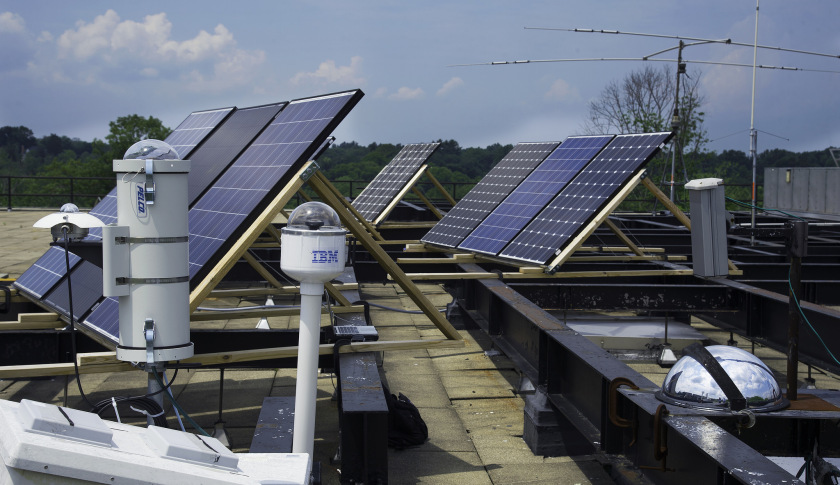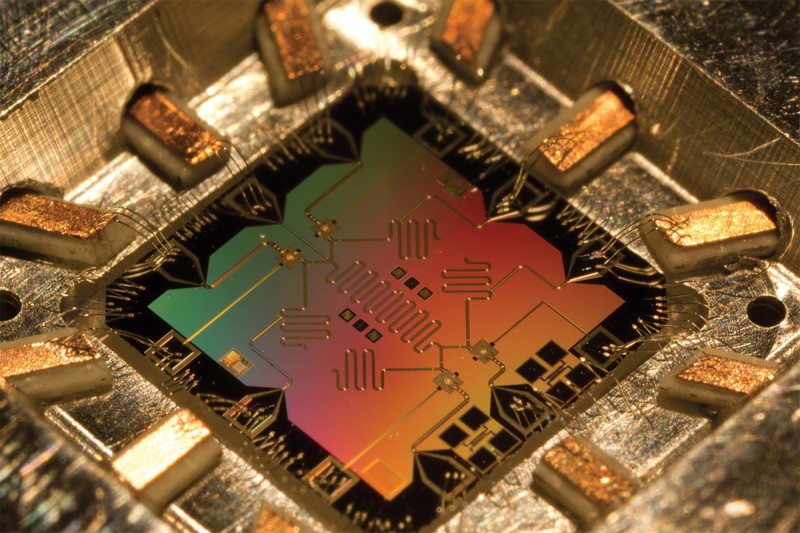Although solar power technology is already at its cheapest, it looks like prices could fall again with thanks to the latest data and machine learning techniques. Other industries such as the auto industry, agriculture, and oil and gas industries are also looking at data management as a way to keep in the game and remain competitive. However, with the solar industry it may be that data will be what brings the prices down in order to compete with fossil fuel prices.
At a recent Solar Industry Conference held in Las Vegas, there were several companies present each talking about their latest technological developments and plans for the future. One start-up company at the conference, PowerScout, declared it had already raised over $5 million (much of which has come from the Department of Energy) to enhance its technology that uses big data, analytics, and e-commerce to predict the likelihood of which customers will buy their product.
Other new companies are also making the most of the data to finance the cost of installing solar energy devices. Just last week a new solar software product was introduced that uses data from global solar projects to entice insurance companies to provide a guarantee for solar projects. Big companies are also jumping on the solar bandwagon. Just recently, NEXTracker, a subsidiary of electronics giant FLEX, announced that it had invested in some machine learning by purchasing start-up BrightBox Technologies, a company that developed software to optimize both heating and cooling systems within buildings.
–
But, NEXTracker want to take things one step further and use the existing software to utilize machine learning within the development and operation of its business. IBM is also working at developing ways to utilize data to make solar energy cheaper and in 2013 started using Watson as a tool to do this. Today there are more than 200 partners of IBM Research using their solar and wind forecasting technology, and because of that, IBM’s self-learning weather model and renewable forecasting technology is 50% more accurate than anything else around.
On the other side of the globe, a British start-up company called Azuri is using machine learning to learn its customers’ usage patterns and to manage their power sources and batteries in the most efficient way. So, with their system, if a customer’s battery were to get low the system automatically alters the brightness of the lights and slows charging to reserve as much of the remaining battery as possible. So, various companies within the solar industry are using data and machine learning to better their procedures and enhance their profits, and it won’t be long before the price of solar drops again, and even more people can reap the benefits.
More News To Read
- Scientists Turn Food Waste into Energy Storage Devices
- Out with Dow Solar Shingles and in with Elon Musk’s Solar Roofs
- Solar Power Set To Reach Record Levels in Next 15 Years
- Get Ready To Have Your Personal Desktop Waterjet Cutter
- Scientists Discover “Jumping Genes” Have The Ability to Develop Parts of the Brain
- Sony’s PS4 Is the Next Host for VR Porn?











